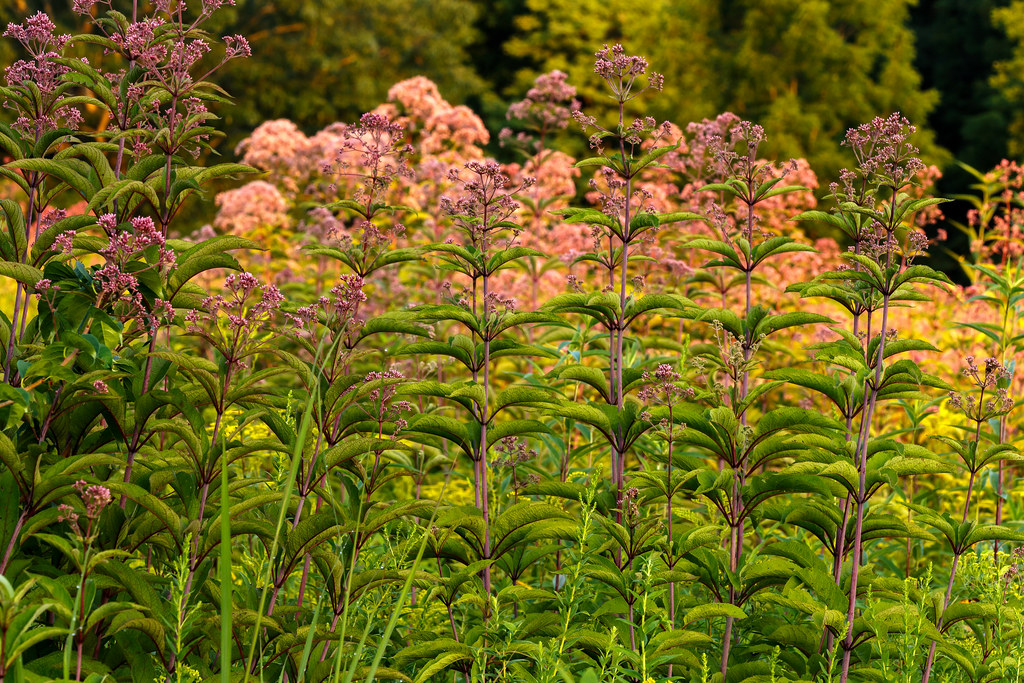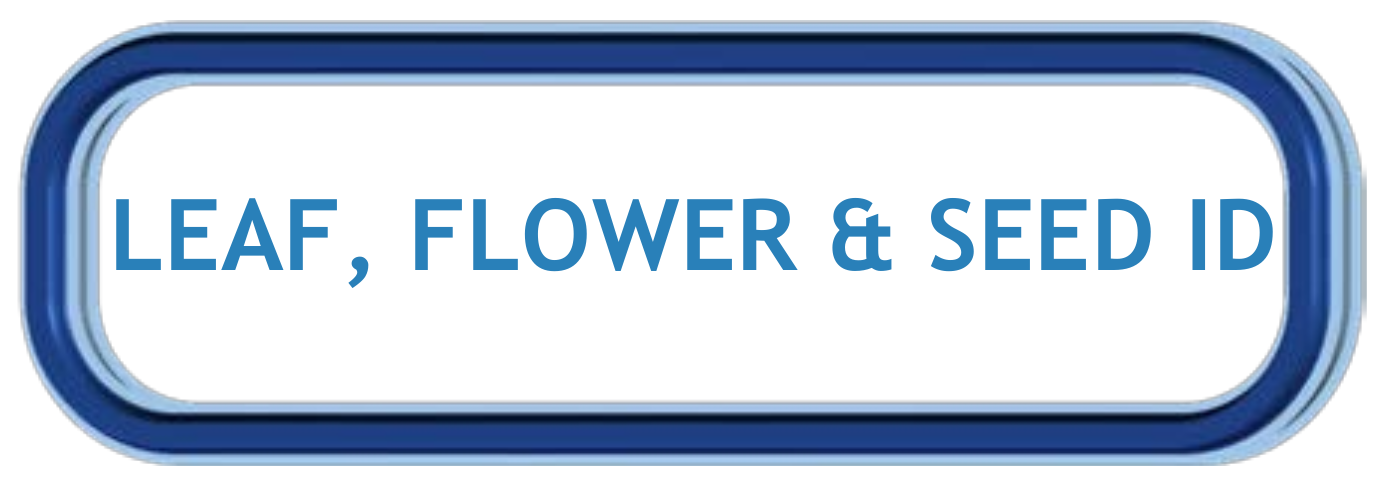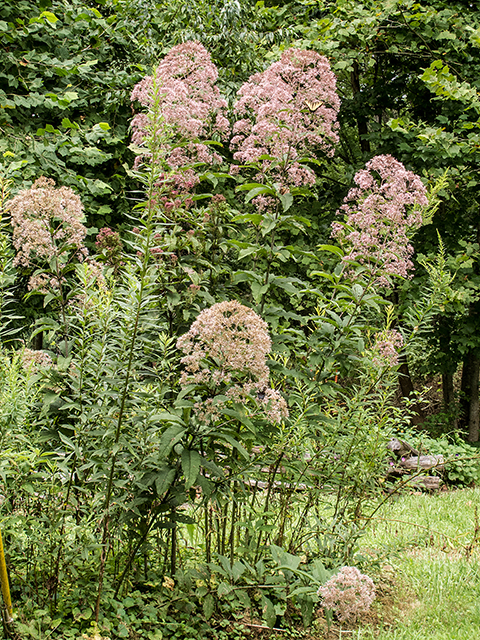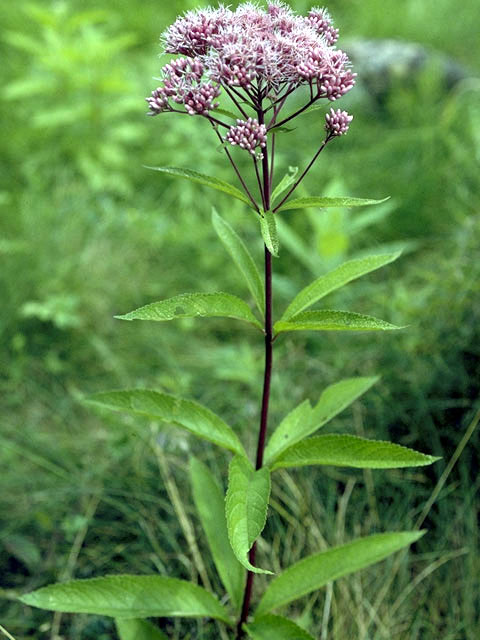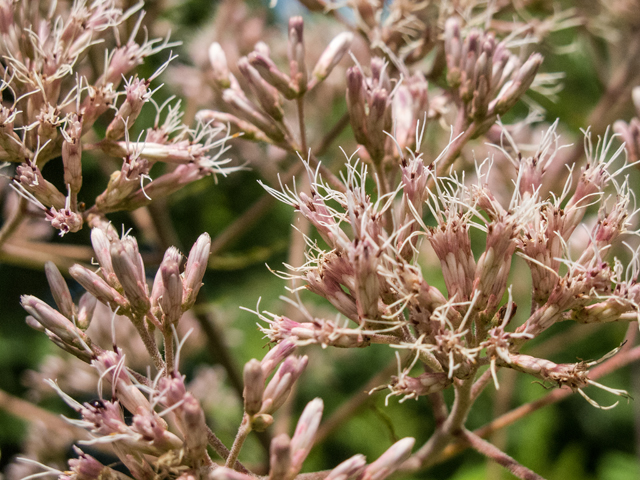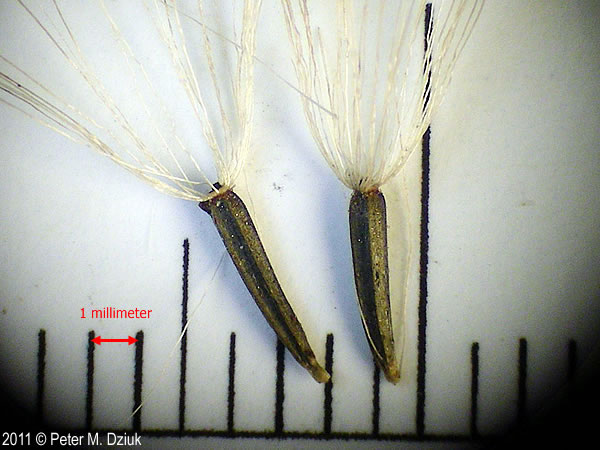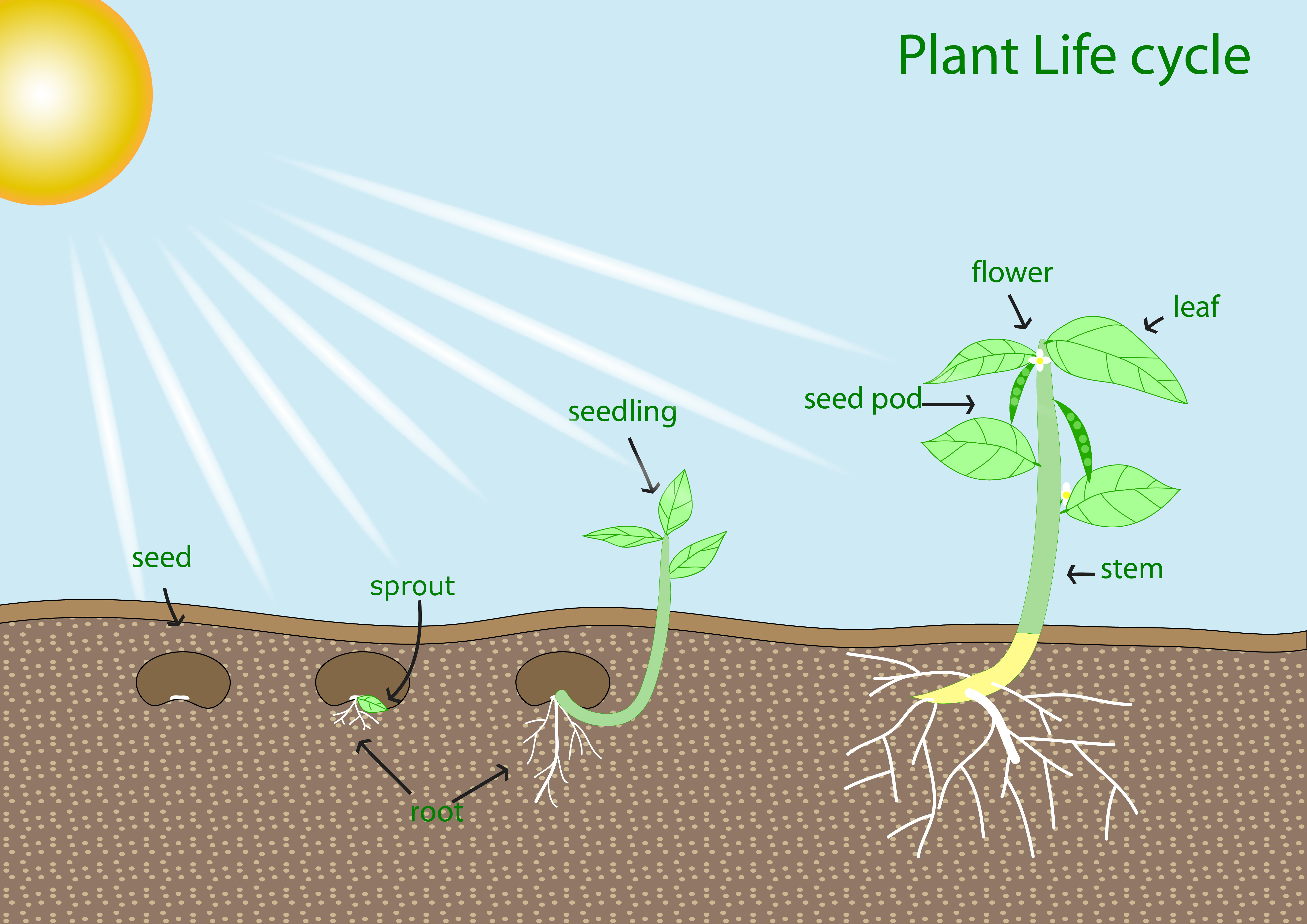Dig into Plants: Joe-pye Weed
Joe-pye Weed Other Common Names: Trumpetweed, Queen of the Meadow, Hollow Joe-pye Weed Scientific Name: Eutrochium fistulosum Alternative: "Little Joe" Joe-pye Weed (Eutrochium dubium) Sweet Joe-pye Weed (Eutrochium purpureum) Native to Alabama: Yes |
|
Flickr Tom Potterfield Click on image to enlarge it |
Learn more about...
| Ecological Benefits |
| This plant provides food for: | |||
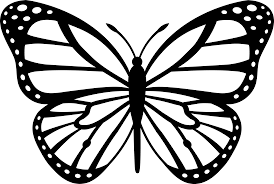 |
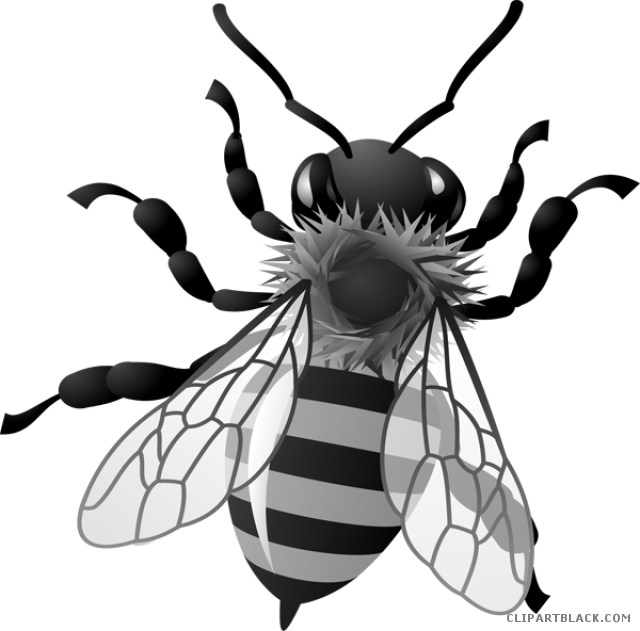 |
 |
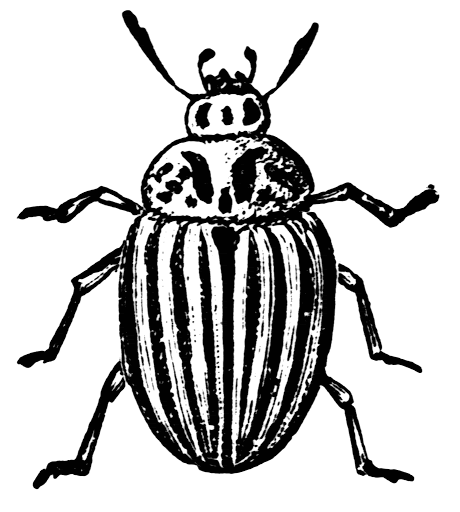 |
| Butterflies | Native Bees | Other Birds | Other Pollinators |
| Other Plants Found in Alabama with Similar Ecological Benefits: |
| Purple Joepyeweed (Eutrochium purpureum) |
|
|
| Habitat Requirements | |||
| This plant prefers: | |||
|
(6+ hours of sun per day) (2-6 hours of sun per day) |

Prefers wet to moist soil at all times
|
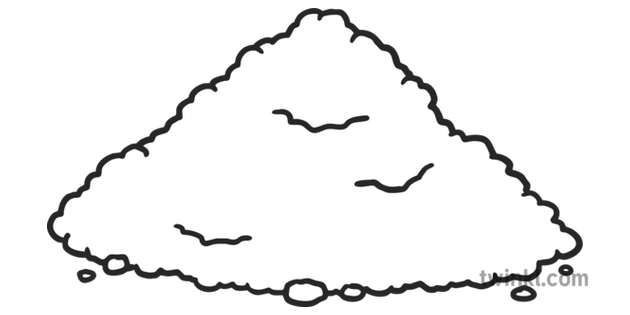 Sandy or Moist Soil |
|
| Leaf, Flower & Seed Identification | ||||
| LEAF DESCRIPTION |
Lady Bird Johnson Wildflower Center
James L Reveal Click on image to enlarge it |
|||
| Leaf Characteristics Chart (PDF) | ||||
| Shape: Lanceolate |
Margin: Serrate |
Arrangement: Whorled |
Form: Simple |
|
|
|
|
|
|
|
| Description: | ||||
|
Central stem is hollow and purple; dark green leaves up to 10 inches long and 3 inches across
|
||||
| FLOWER DESCRIPTION |
Lady Bird Johnson Wildflower Center
James L. Reveal Click on image to enlarge it |
|||
| Flower Shape Chart (JPG) | ||||
| Color: Pink, purple |
Shape:
Tubular |
Bloom Months: Jul - Sep |
||
| Description: | ||||
|
Large, domed flower head is 6-14 inches across and composed of 5-7 florets at the end of stems; florets are tiny and vanilla-scented; has only disk florets (tubular, fertile floret that forms disk) and no ray florets (narrow, petal-like, infertile floret that surround the disk); panicle inflorescence (many-branched cluster, with a single stem for each flower)
|
||||
| SEED DESCRIPTION |
Minnesota Wildflower Website
Peter M. Dziuk Click on image to enlarge it |
||
| Type: Fruit - Dry Seed Pod |
Description: Small with hair-like bristles |
Months in Seed: Summer - Fall |
|
| Plant spreads by: | |||
| Seeds and Rhizomes/ Tubers/ Roots & Shoots Seeds are wind-dispersed; rhizomes spread and create colonies. |
|||
ADDITIONAL RESOURCES FOR TEACHERS
| Quick Fact Sheet (Condensed Species Info) |
Plant ID Sign: Ready as-is PDF |
Plant ID Sign: Editable Word Doc |
QR Code (Links to this Webpage) |
INFORMATION SOURCES FOR THIS PLANT
 |
 |
|
 |
|
|
 |
 Wildlife Tag
Wildlife Tag
